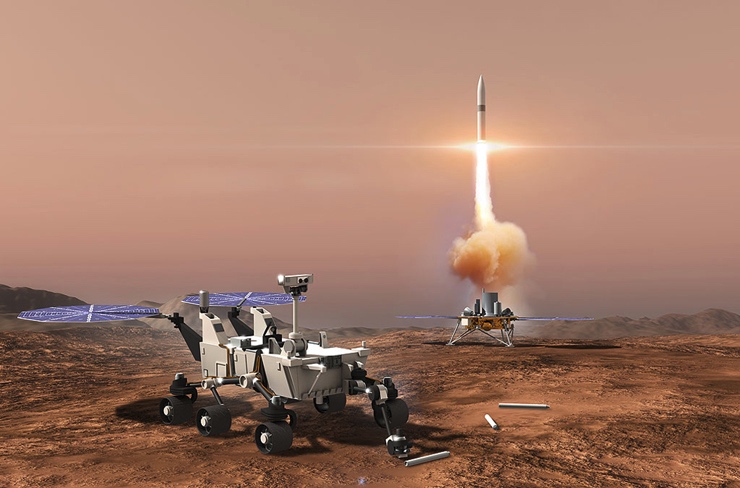Reactive Rendezvous and Docking Sequencer

RRDS
Sample Return poses some of the most challenging operational activities of any NASA deep space mission. Rendezvous of a vehicle with a sample canister in order to return the canister to Earth requires a variety of complex mathematical processing on a changing data set, coupled with the need to safely and effectively handle a large range of off-nominal conditions and spacecraft faults. Light speed delay isolates the spacecraft from real-time operator intervention, while inertial and situational uncertainties demand reactivity not required of typical spacecraft sequencing systems. These mission features call for a new class of sequencing capability: the Reactive Rendezvous and Docking Sequencer (RRDS).
RRDS melds the rule-based reactivity needed for rendezvous and docking with sequence characteristics common to more traditional missions. Rules watch for conditions in order to react to the current situation, allowing a wide range of complex activities and safety-related responses to be concisely represented without complex procedural programming. More traditional sequencing capabilities are present which provide multiple threads of executing logic, allow for timed activities, and deliver exceptional insight into the operational system via traditional command and telemetry interfaces.
RRDS develops new capabilities, while refining existing technology in order to lower risk and cost of implementation. Built atop an enhanced version of Virtual Machine Language, RRDS uses sequencing techniques developed for comet and asteroid touch-and-go sampling to provide sophisticated operational responses to conditions unique to deep space rendezvous and docking.
Developed under a NASA SBIR, RRDS state machine definitions are available to run using VML 3.0 by Blue Sun Enterprises.
The request for VML should come directly from the person or group using the software, along with an indication of the use to which the software will be put. The usual process is for Blue Sun to send a standard license to the requester, with delivery of VML once the license is signed and returned. Note that there may be restrictions regarding export to non-U.S. citizens or organizations.